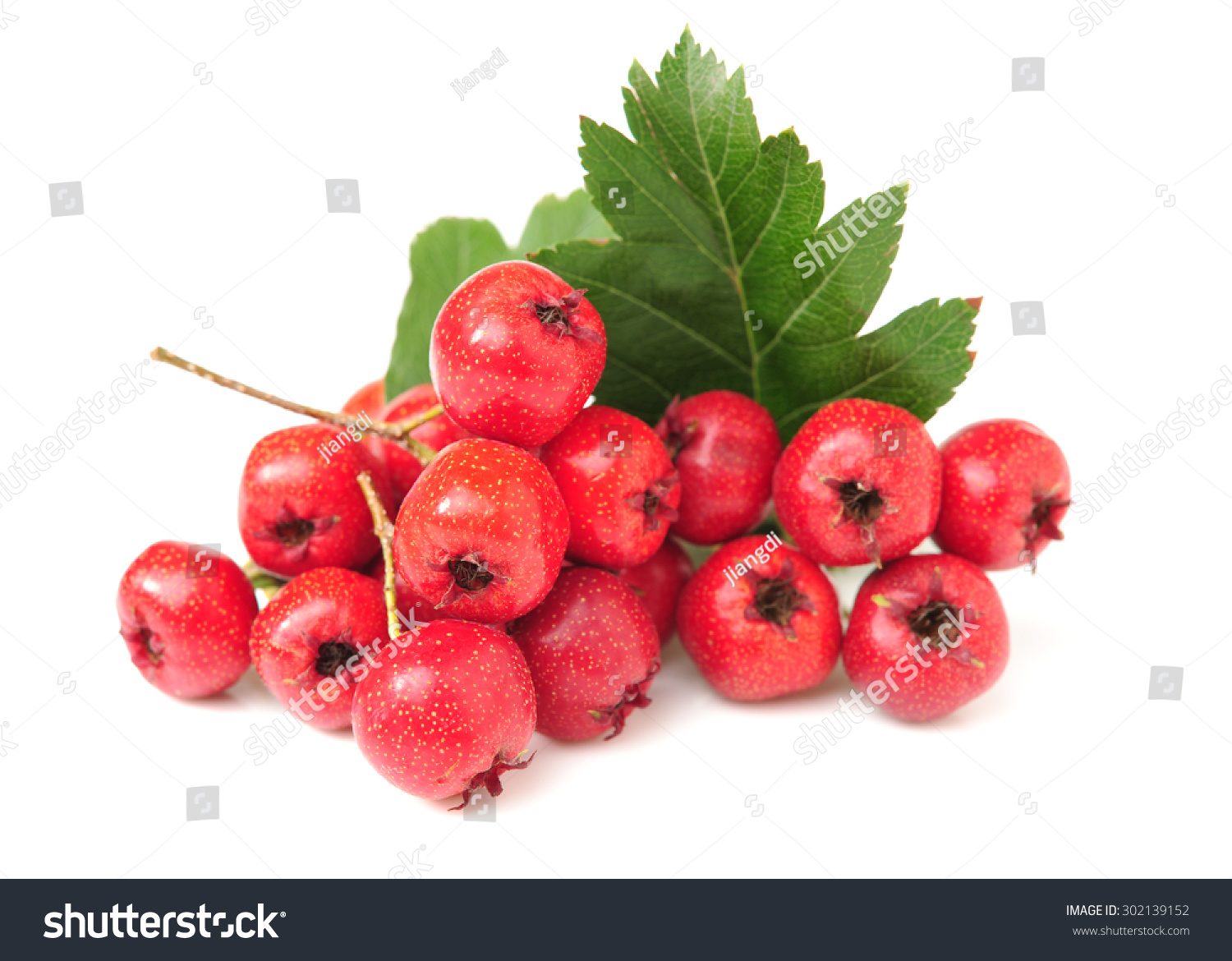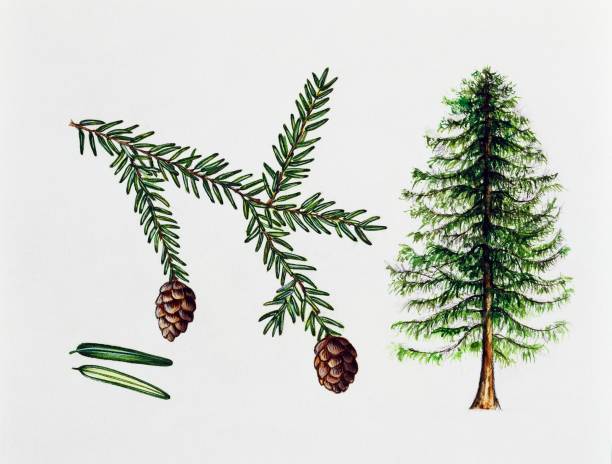TREES 4 ENVIROTHON
1/4
There's no tags or description
Looks like no tags are added yet.
Name | Mastery | Learn | Test | Matching | Spaced |
|---|
No study sessions yet.
5 Terms

Hawthorns / thorn apple
Small sized trees (<20 ft fall) → no commercial value
Could be seen as pests due to speed at which they spread seeds, block sunlight for other plants or make land preparation for forest planning expensive
>20 diff types
BARK: dark brown/gray; scaly
TWIGS: stiff, zigzag, w/unbranched thorns that are 1.5-2 in long
WINTER BUDS: round, chestnut brown color; terminal bud present but <lateral buds
LEAVES: simple, alternate 2-4 in long, 2-3 in wide, serrate (jagged)
FRUIT: berry-like (cluster); size of small cherries; red when mature in early fall; 1-5 hard seeds in center; birds like to consume them in winter

Eastern Hemlock / hemlock-spruce
Valuable & widely distributed forest tree
Common in northern exposures, shaded gorges, steep slopes and swamp borders
Wood is coarse-grained (large pores & visible fibers), brittle, not durable
Splinters easily & light brown
Used for construction lumber & in demand for mechanical pulp
BARK: red-gray brown w/shallow and broad connecting ridges, inner bark = bright cinnamon red color, has commercial value for tanning leather due to high tannin content of bark
TWIGS: slender, yellow-gray brown color, rough when needles are shed
WINTER BUDS: very small, red brown, not resinous coated
LEAVES: grow one at a time; twist slightly (looks like 2 neat rows at either side of twig) w/ third row point straight forward on top; each leaf = short little stem, flat, 1/2 in long; tip is rounded or has a small notch; top of leaf = dark green → bottom = lighter w/two white strips; stay on for 2-3 yrs before falling off
FRUIT: small cone (abt 3/4 in long) that hangs DOWNWARD, 1 yr to ripen which is marked by gray brown color, cone falls off in winter after ripening, scales have smooth rounded edges, inside cones are paired light brown seeds (1/16 in) w/wings; seeds ready in September

Bitternut hickory / swamp hickory, water hickory, tightbark hickory
Found in most parts of NY except higher Adirondacks & Catskills
Prefers bottomland areas: wet sites in pastures, fields and along streams
Can also be found on hillsides and ridgetops in small, moist spots
Grows best in MOIST, rich soil (like in farm woodlots)
Wood is heavy, very hard, strong, tough and dark brown w/pale sapwood
Worse than other hickories but used for same purposes
BARK: thin and lies flat against the free, has small grooves (furrows) and thin raised lines (ridges) that are evenly spaces, stays in place (no peeling or flaking), light gray
TWIGS: skinny, yellowish, hairy near end, gray/orange-brown during FIRST winter, brown
WINTER BUDS: narrow & flat (no round or sharp tips), has 4 protective yellowish outer layers (scales), main bud at the tip of the branch is ⅓-¾ of an in long
LEAVES: grow in zigzag pattern along branch (not directly across from each other), each leaf has 7-11 narrow & sharp pointed smaller leaflets (narrower compared to other hickory trees), 6-10 in long total
FRUITS: nut, mostly round, thin, brown, ¾-1 in long, no ridges; bitter taste, inedible for humans; husk aka outer shell sticks to nut (even after it falls from free), really thin shell

Pignut Hickory / pignut, brown hickory
Found mostly on dry ridges and hillsides (except in Adirondack where it’s only @ low elevations)
Strong & tough wood
Similar uses as shagbark hickory
BARK: flat against the tree, dark gray, has small indentations and raised lines, doesn’t peel or hang loosely (sometimes small pieces may come loose or peel slightly at the ends)
TWIGS: skinny, smooth, tough, pliable, red brown - gray
WINTER BUDS: small, oval, blunt-pointed, covered w/reddish brown scales which the outer pair come off in winter, ending bud is <½ in long
LEAVES: grow in zigzag pattern (alternate), made up of 5-7 leaflets of same size, 8-12 in long
FRUIT: pear-shaped to nearly round, husk: thin, light brownish-yellow, surface: nut is SMOOTH w/no ridges, abt 1 in long, thick inner shell, kernel (inside part): starts of sweet but becomes bitter over time, husk sticks to nut after it falls from tree